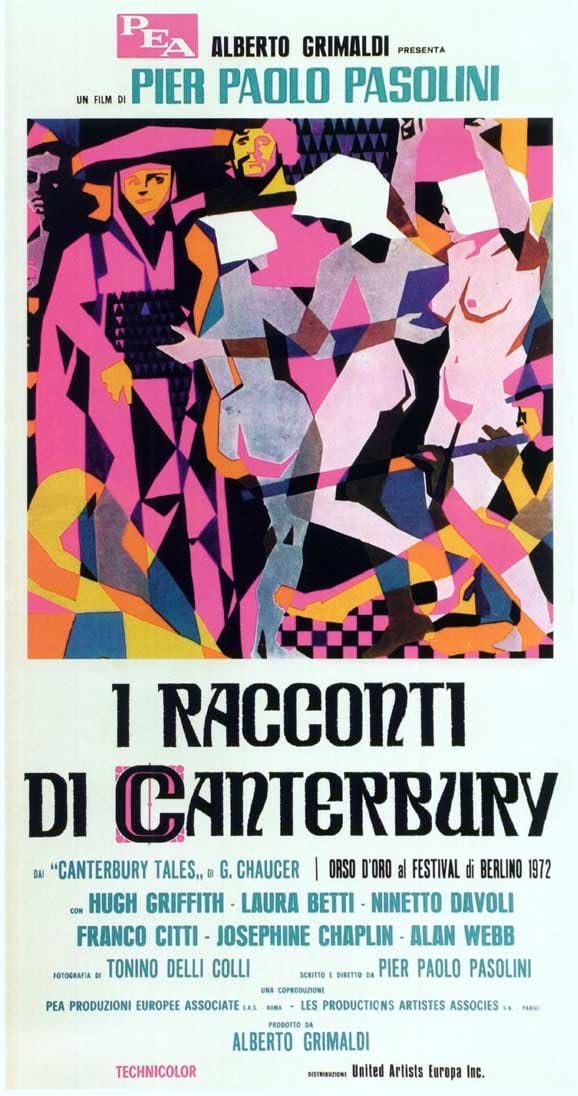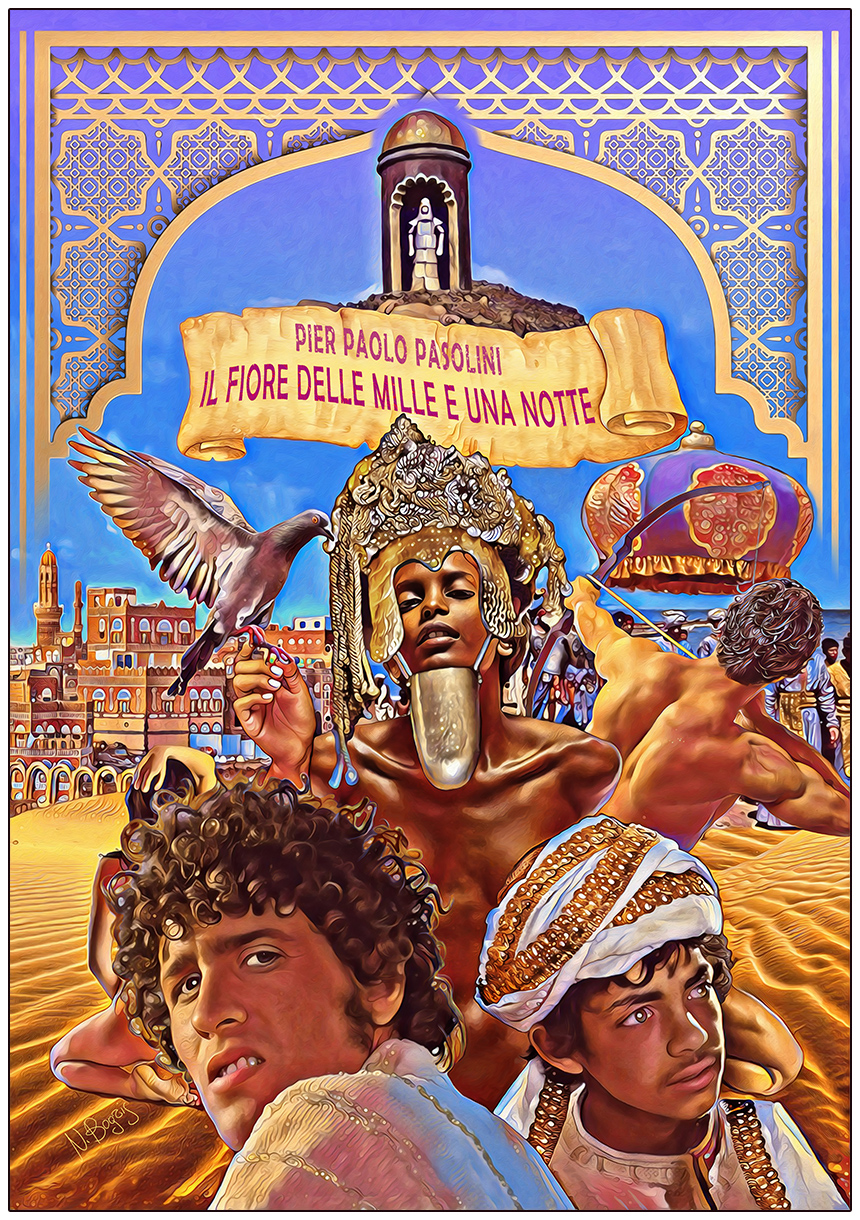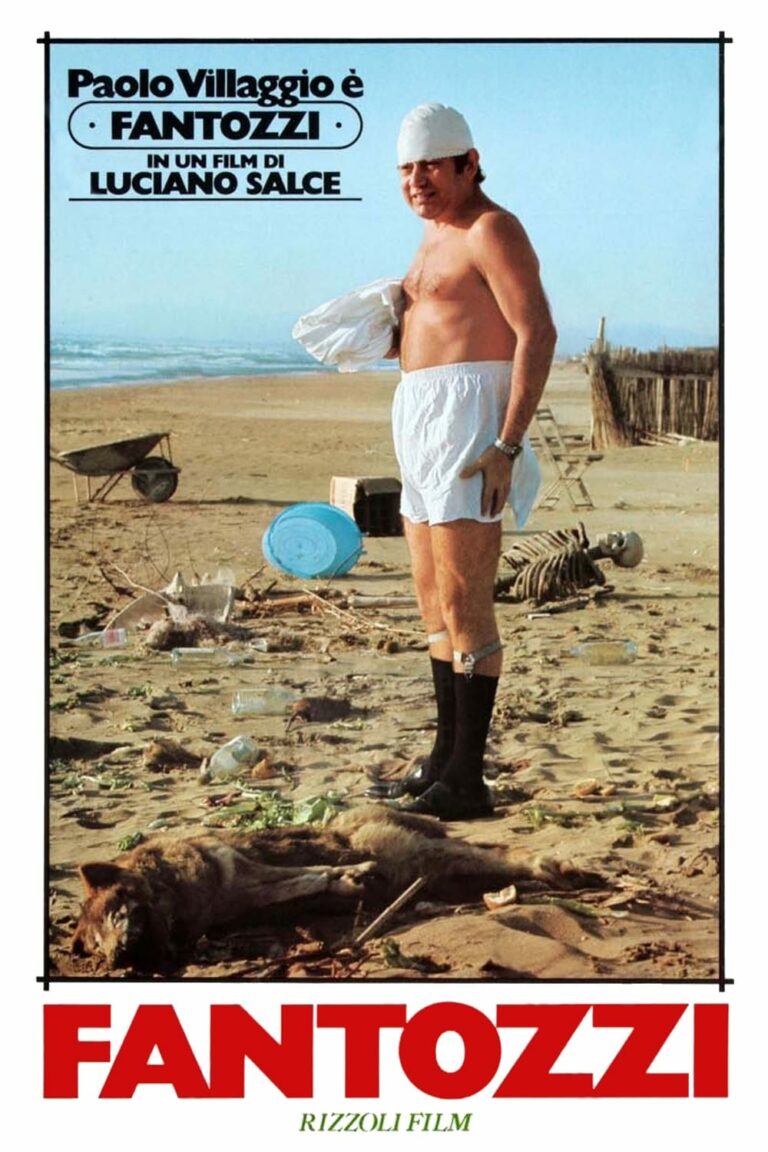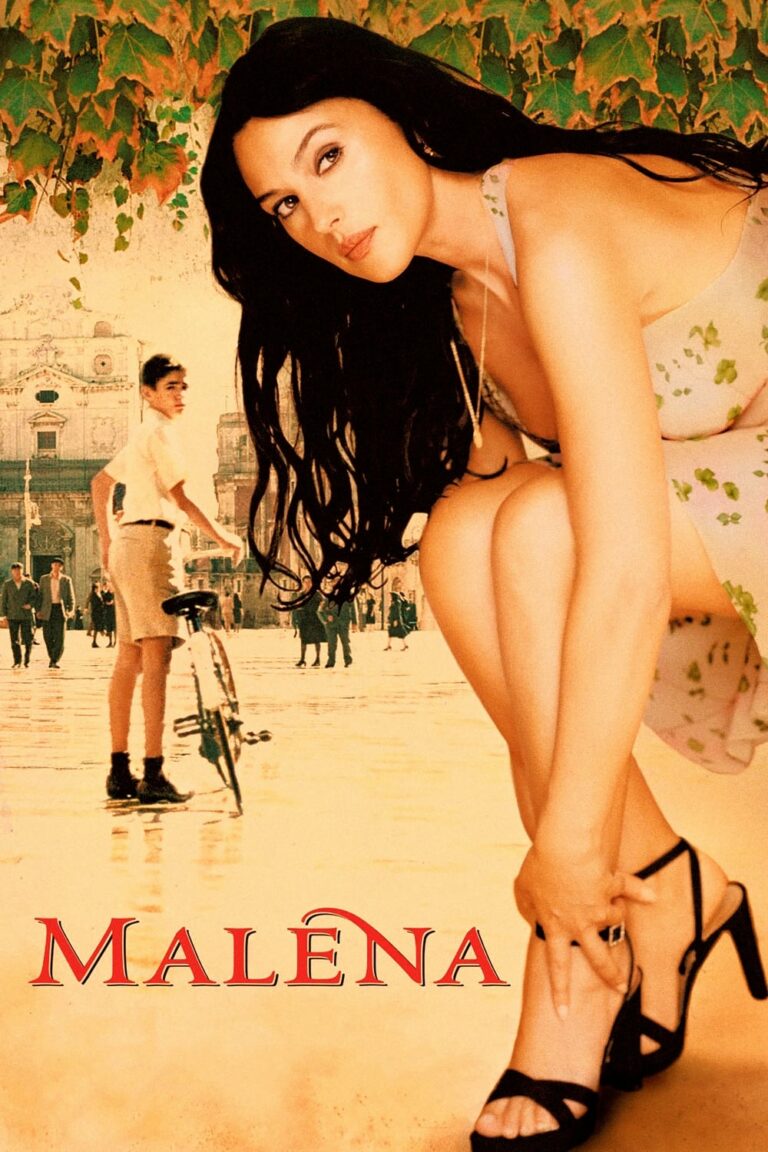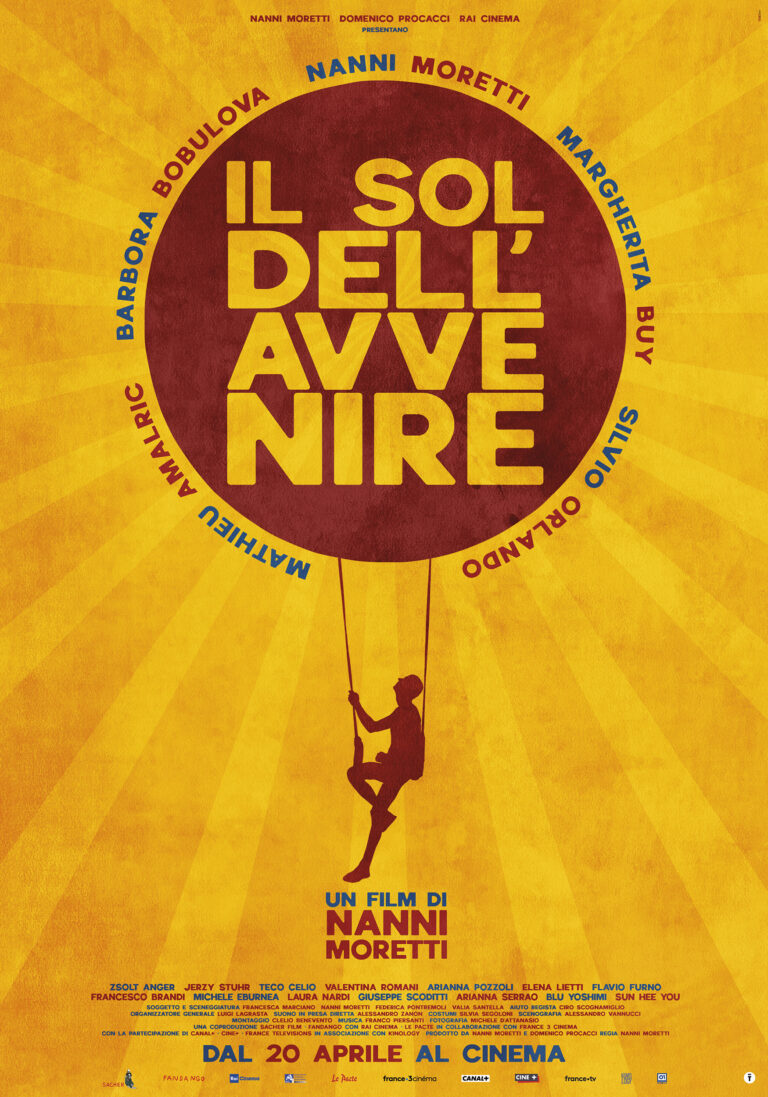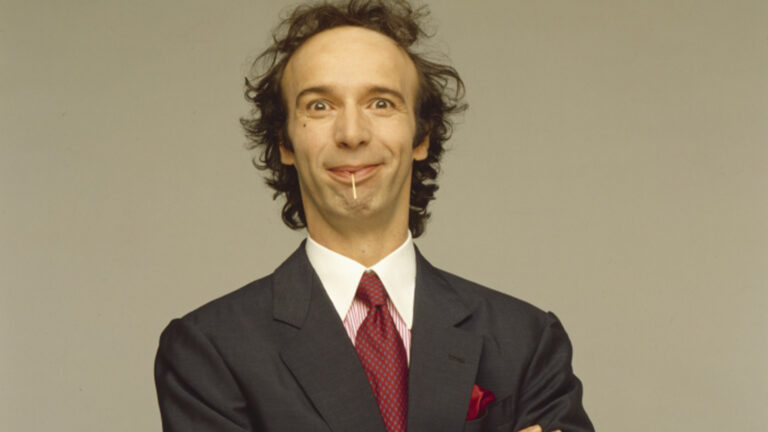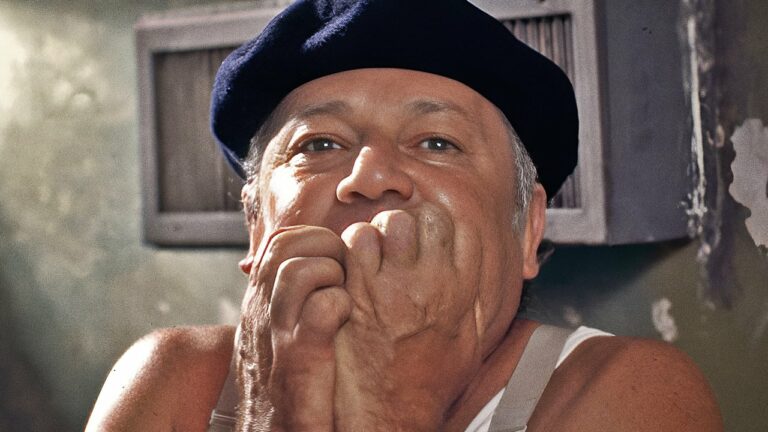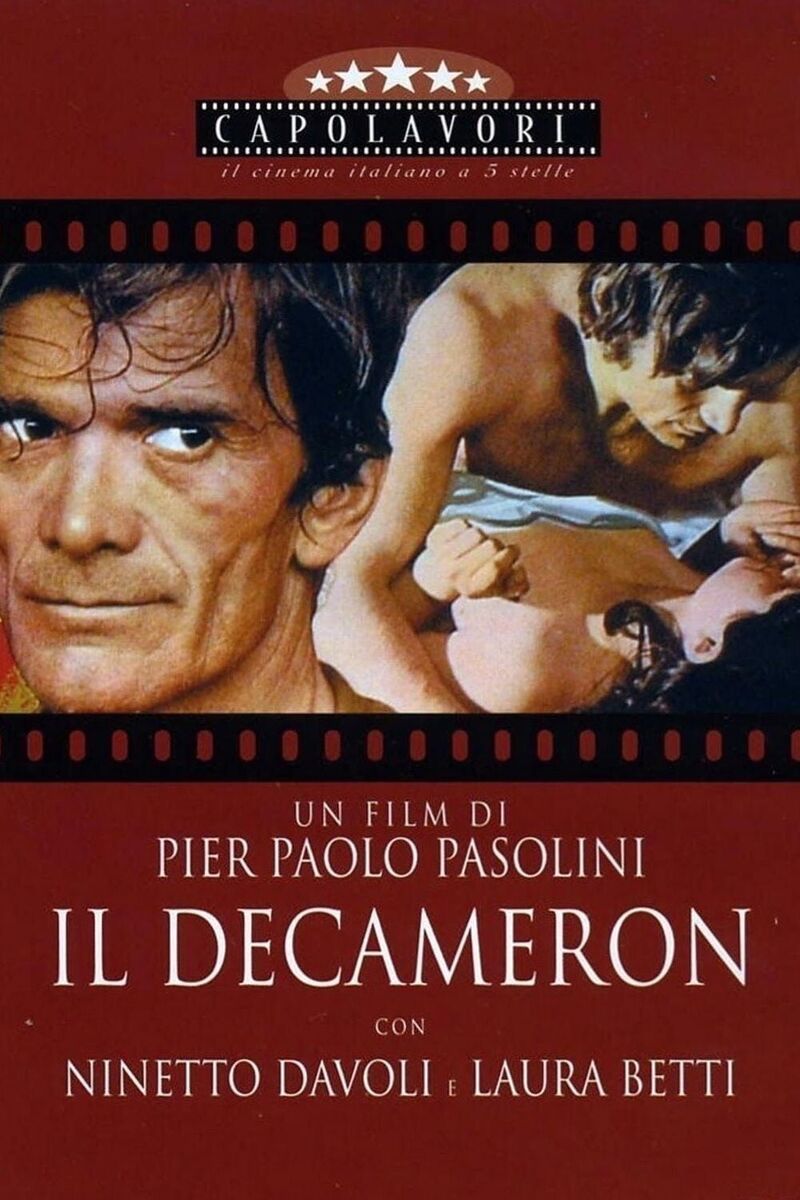
Introduction
Pier Paolo Pasolini’s Trilogy of Life is one of the most celebrated and controversial achievements in cinematic history. Consisting of The Decameron (1971), The Canterbury Tales (1972), and Arabian Nights (1974), the trilogy explores themes of love, sensuality, and humanity through adaptations of classic literary works. Drawing from Giovanni Boccaccio, Geoffrey Chaucer, and the One Thousand and One Nights, Pasolini’s films bring these tales to life with boldness, humor, and unflinching honesty. Together, they celebrate storytelling as a universal human experience while challenging conventional moralities.
Pier Paolo Pasolini: The Visionary Filmmaker
Pier Paolo Pasolini (1922–1975) was an Italian poet, writer, and filmmaker known for his provocative and deeply intellectual works. He was drawn to the idea of capturing human stories in their rawest form, which led him to adapt literary classics for his Trilogy of Life. Pasolini sought to reconnect with a sense of primal innocence and vitality that he believed modern society had lost. His works often dealt with themes of class struggle, sexuality, and religion, making him a polarizing yet influential figure in 20th-century cinema.
Themes of the Trilogy
At its core, the Trilogy of Life celebrates the following themes:
- Human Sensuality and Liberation: The trilogy embraces sexuality as a natural and joyous part of life, defying societal taboos.
- Storytelling as a Universal Language: The films explore how storytelling connects people across cultures and eras.
- Moral Ambiguity: Each tale challenges traditional notions of morality, highlighting the complexity of human behavior.
- Joy and Folly of Life: Pasolini’s characters revel in the pleasures and absurdities of existence.
Film 1: The Decameron (1971)
The Decameron is Pasolini’s adaptation of Giovanni Boccaccio’s 14th-century collection of stories. Set in medieval Italy, the film presents a series of vignettes that explore love, lust, deception, and humor.
Key Themes and Notable Segments:
- Irreverence Toward Religion: Several stories highlight the hypocrisy of religious figures, such as the tale of a false saint whose “miracles” are based on deceit.
- Celebration of Life’s Pleasures: Characters indulge in love and sensuality, often defying societal norms.
- Memorable Scene: The fresco-painting finale, in which Pasolini himself portrays a painter, symbolizes art’s ability to immortalize human experience.
Critical Analysis:
The film was praised for its lush visuals and unapologetic sensuality but faced criticism from conservative audiences for its explicit content.
Film 2: The Canterbury Tales (1972)
Pasolini’s second installment adapts Geoffrey Chaucer’s The Canterbury Tales. Set in 14th-century England, the film portrays a series of bawdy and satirical tales recounted by pilgrims on their way to Canterbury.
Key Themes and Segments:
- Sexual Freedom: Tales such as The Miller’s Tale celebrate sexual vitality with humor and audacity.
- Critique of Power: Stories like The Pardoner’s Tale expose greed and corruption in religious and societal institutions.
- Memorable Scene: The surreal depiction of Hell, where corrupt clergy are punished, showcases Pasolini’s dark humor and visual creativity.
Critical Analysis:
This film’s explicit sexuality and scathing critique of the Church sparked even more controversy than its predecessor. Nevertheless, it won the Golden Bear at the Berlin International Film Festival.
Film 3: Arabian Nights (1974)
The final film in the trilogy draws inspiration from the One Thousand and One Nights, weaving together tales of love, betrayal, and adventure set in a mythical Middle Eastern landscape.
Key Themes and Notable Segments:
- Exoticism and Eroticism: Pasolini presents a sensual, dreamlike world that celebrates love in its various forms.
- Storytelling as Survival: Echoing Scheherazade’s plight, the film underscores storytelling’s power to transcend time and space.
- Memorable Scene: The tale of Aziz and Aziza, with its tragic romance and poetic imagery, stands out as one of the film’s emotional highlights.
Critical Analysis:
While the film received acclaim for its visual beauty and narrative intricacy, some critics argued that it romanticized its source material. However, Pasolini’s intent was to pay homage to Eastern storytelling traditions.
Storytelling as a Common Thread
In all three films, storytelling emerges as a vital human activity that bridges cultures and eras. Pasolini treats each tale with reverence and curiosity, allowing audiences to immerse themselves in the joys and complexities of life.
Portrayal of Sexuality and Eroticism
The Trilogy of Life unapologetically portrays sexuality as a natural and joyous aspect of human existence. Pasolini challenged the repressive attitudes of his time by celebrating bodies and desires without shame.
Pasolini’s Filmmaking Style
Pasolini employed non-professional actors, natural lighting, and authentic costumes to create an earthy, immersive aesthetic. His use of location shooting in medieval towns and exotic landscapes added to the films’ authenticity.
Cultural and Historical Context
The trilogy reflects both the medieval cultures depicted in the stories and the societal shifts of the 1970s. Pasolini’s films resonate with the countercultural movements of the time, which sought to challenge authority and celebrate personal freedom.
Controversies Surrounding the Trilogy
The explicit content of the Trilogy of Life led to widespread censorship and backlash, particularly from religious institutions. Despite this, the films were commercial successes and remain influential works in world cinema.
Critical Reception and Legacy
While divisive at the time of release, the Trilogy of Life has since been recognized as a landmark in cinematic history. Pasolini’s bold approach to adapting literary classics has inspired countless filmmakers.
Comparison to Literary Originals
Pasolini took creative liberties with the source material, infusing the stories with his own philosophical and political ideas. His adaptations emphasize the physical and emotional dimensions of the tales, making them accessible to contemporary audiences.
Why Pasolini Rejected the Trilogy Later
Ironically, Pasolini later distanced himself from the Trilogy of Life, claiming that it had been co-opted by consumerist culture. His final film, Salò, or the 120 Days of Sodom, marked a stark departure into nihilism and despair.
Modern Relevance of the Trilogy
The Trilogy of Life continues to resonate with modern audiences for its celebration of diversity, sensuality, and the timeless power of storytelling. It serves as a reminder of cinema’s ability to challenge norms and spark dialogue.
Frequently Asked Questions
- What is the Trilogy of Life?
A series of three films by Pier Paolo Pasolini: The Decameron, The Canterbury Tales, and Arabian Nights. - Why is it called the Trilogy of Life?
The films celebrate life’s pleasures, stories, and complexities, contrasting with Pasolini’s later works. - Why did Pasolini reject the trilogy?
He felt it had been commercialized and misinterpreted, leading him to explore darker themes in Salò. - Are the films faithful to their source material?
While they draw from classic texts, Pasolini added his own interpretations and contemporary relevance. - What themes unite the trilogy?
Sexuality, storytelling, and the human experience are central to all three films. - Where can I watch the Trilogy of Life?
The films are available on various streaming platforms and DVD collections.
